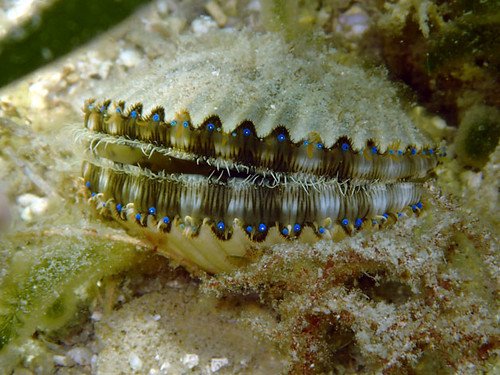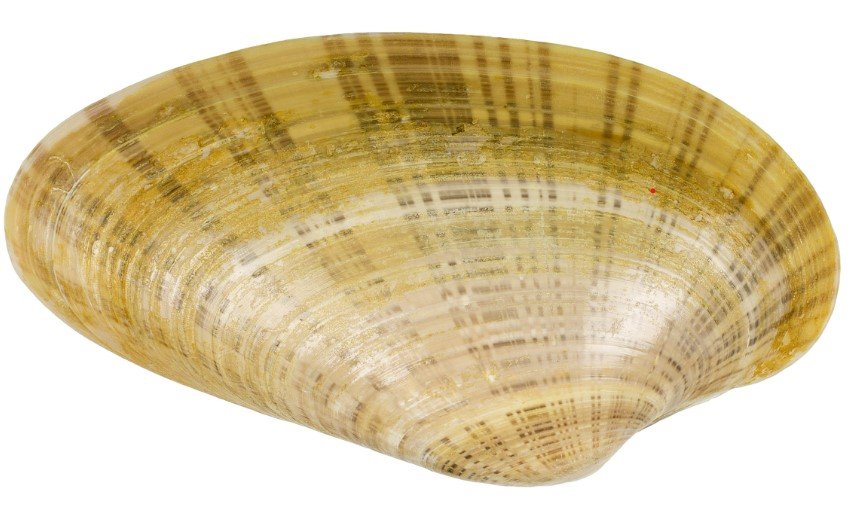OUR SHELLFISH
SOUTHERN HARD CLAM
Known as “Campys,” the southern hard clam (Mercenaria campechiensis) is a native bivalve along the Gulf Coast of the United States. This species sustained the indigenous peoples of Florida for millennia and historically supported one of the largest clam beds in the US. Today, no wild commercial fisheries exist for the southern hard clam and it is not currently used in aquaculture. Instead, its close relative, the northern hard clam (Mercenaria mercenaria) is the main shellfish aquaculture species in Florida, grossing 14.3 million dollars in 2020. GSI is exploring the performance of the southern hard clam in relation to its northern relative, especially with ever increasing summer temperatures.
EASTERN OYSTER
The eastern oyster (Crassostrea virginica) is one of the most important bivalves in North America. Stretching from Canada to Mexico, humans have relied upon the eastern oyster for millennia. Oysters aggregate to form intertidal and subtidal “reefs,” which provide habitat for marine invertebrates, fish, and wading birds. Oyster reefs also provide numerous benefits, such as water filtration, wave attenuation, and nitrogen removal. Historically, large commercial fisheries existed across its range, but wild stocks have nearly all collapsed, including Florida’s famous Apalachicola oyster fishery. Oyster aquaculture, a relatively new industry in Florida, could help continue Florida’s legacy of oyster production.
BAY SCALLOP
Bay scallops (Argopectan irradians) are an iconic shellfish species that inhabits seagrass beds along the US Atlantic and Gulf Coasts. Unlike oysters or clams, scallops are highly mobile, using their abductor muscle to quickly close their valves, propelling the scallop forward. These charismatic shellfish, with electric-blue eyes, are at a fraction of their historic abundance due to overfishing and poor water quality. Although no commercial production exists in Florida, there remains a small recreational harvest. Despite efforts to restore wild populations of Bay scallops, environmental stressors remain a persistent challenge. GSI continues to explore applications of aquaculture for scallop restoration.
SUNRAY VENUS CLAM
Sunray venus clams (Macrocallista nimbosa) are widely distributed from South Carolina to the Florida panhandle and further west. Since they were intensely harvested in the panhandle region in the 1960s and 70s, their natural populations have been insufficient for large-scale production. However, their natural history and attractive appearance make them a good candidate species to diversify Florida’s aquaculture. In 2014-2016, the University of Florida and Florida Sea Grant collaborated in Project VENUS, an effort to commercialize the sunray venus clam, but the Florida aquaculture industry is still largely dominated by production of hard clams.




